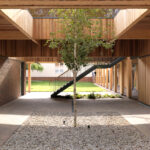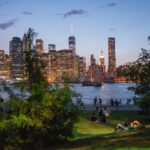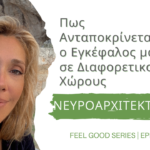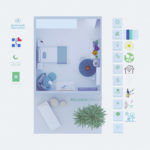
On March 31st, the Health and Nutrition Day is celebrated in Brazil, factors that are gaining more and more notoriety in the society in which we live. After more than two years living through the ups and downs of the Covid-19 pandemic and facing the evident need for a healthier, more active and community reality, it is important to reflect on how architecture and urbanism can become tools for accessing healthier daily lives.
Hippocrates already said in the fifth century BC that the health of a population is directly related both to the physical environment it inhabits and to its daily habits. In the last centuries we have molded and transformed the landscape from what was imposed on our social organization, so that today, in the middle of the 21st century AD, life in large cities has been increasingly less healthy with all its chemical, visual and sound pollution, added to the distance from natural environments and structural social violence.
Architecture and urbanism have as part of their work shaping the landscape based on the demands of modern society, also taking into account the needs of human beings. In addition, today we also face the challenge of thinking about cities and buildings that can guide health more broadly, considering not only the minimum conditions of physical survival, but also mental health and the environment. The relation between health and our profession is inherent and expressed on various scales:
On the City Scale
First, it is important to point out that the pandemic has highlighted a basic issue, which is already old in our cities: there are no conditions for health when living without infrastructure and basic sanitation. The population deficit of large cities, added to peripheral settlements, which have difficult access to formal city structures, such as water and sewage treatment, waste collection, public transport and services such as schools and hospitals, make it almost impossible for vulnerable populations to live in a healthy way. It is not possible, therefore, to speak of healthy environments without having access to the minimum.
With this in mind, actions at the city scale range from re-urbanization proposals, through specific installations in existing public spaces, to proposals for agriculture and urban farms, seeking to offer citizens the opportunity to have access to sports, culture, leisure and even quality food, always looking for conviviality and the creation of communities. It is important to point out, however, that despite these projects being idealized and designed by architects and urban planners, the responsibility and commitment to propose them belongs to the public authorities at their various scales, municipal, state and federal.
Re-Urbanization of Needy Areas
Re-Urbanization of Sapé / Base Urbana + Pessoa Arquitetos
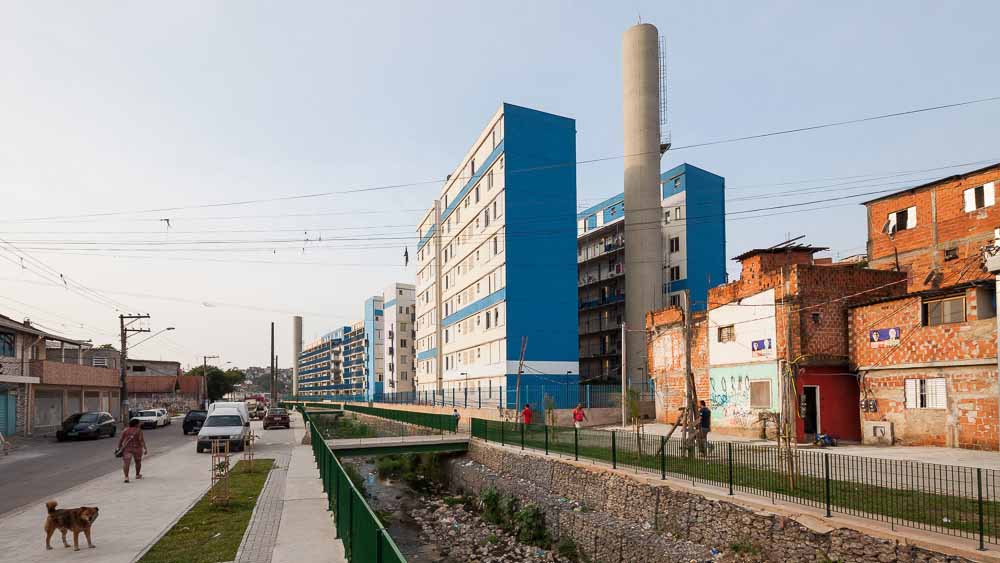
Jardim Vicentina Urbanization / Vigliecca & Associados
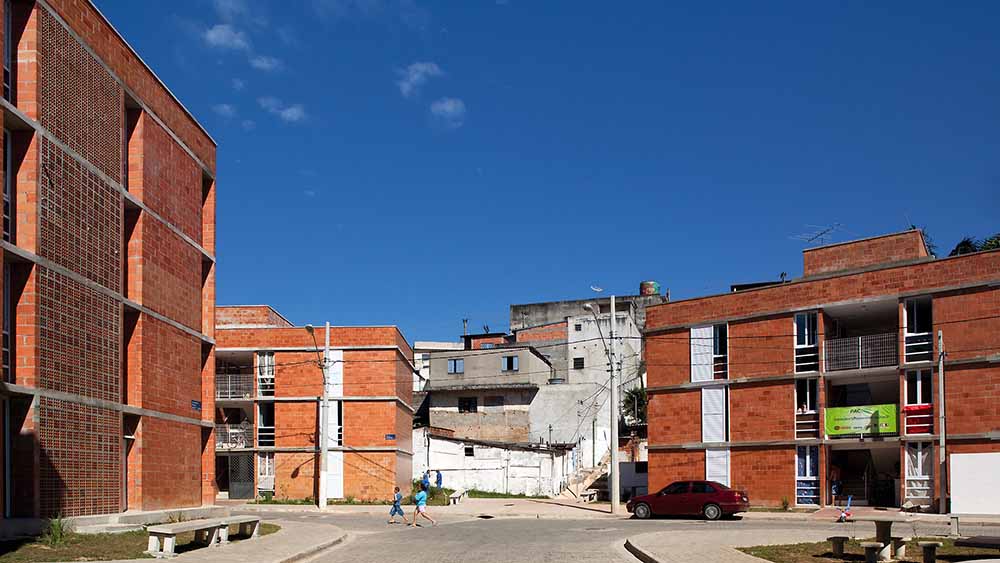
Leisure and Cultural Infrastructures in Peripheral Areas
Praça da Árvore / Lazo Arquitetura e Urbanismo
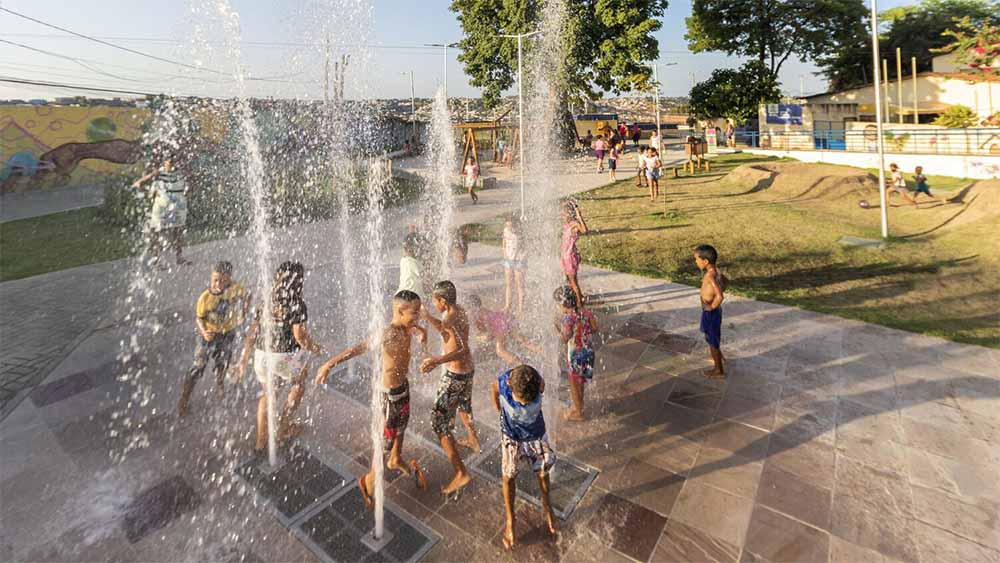
Music Park in Sevilla / Costa Fierros Arquitectos
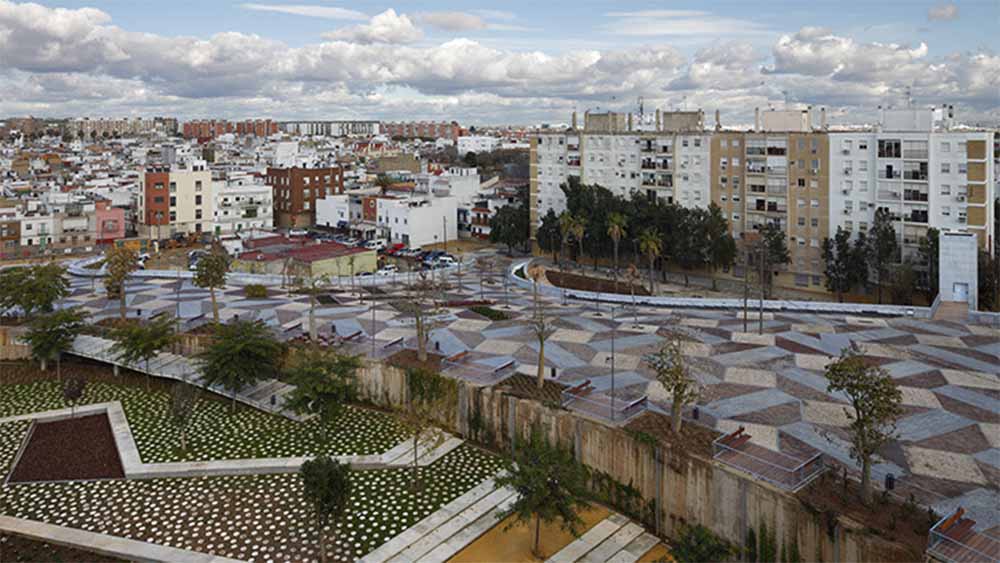
Collective Public Spaces of Different Scales

TransBorda Intervention / Estúdio Chão
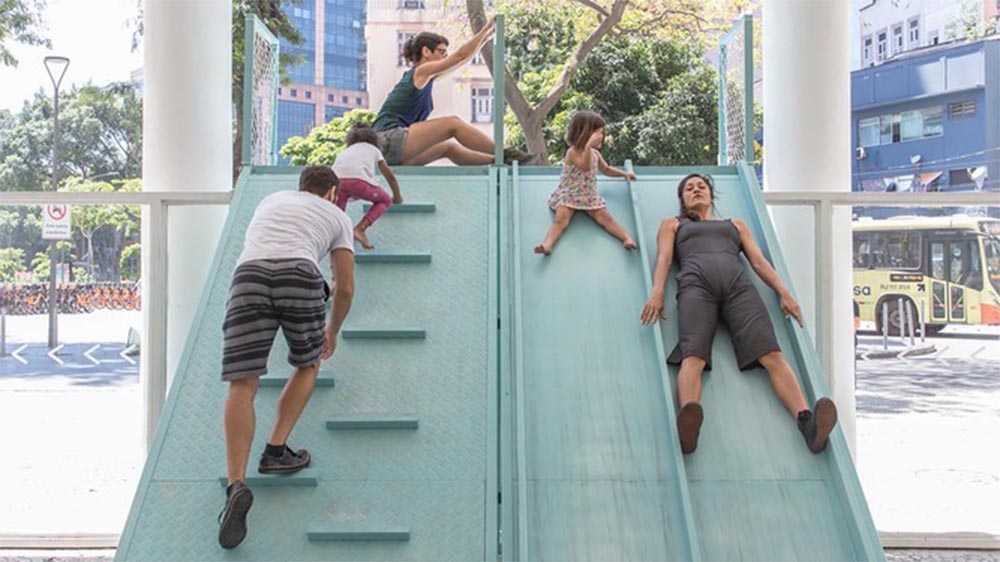
Infrastructure That Brings Nature Closer
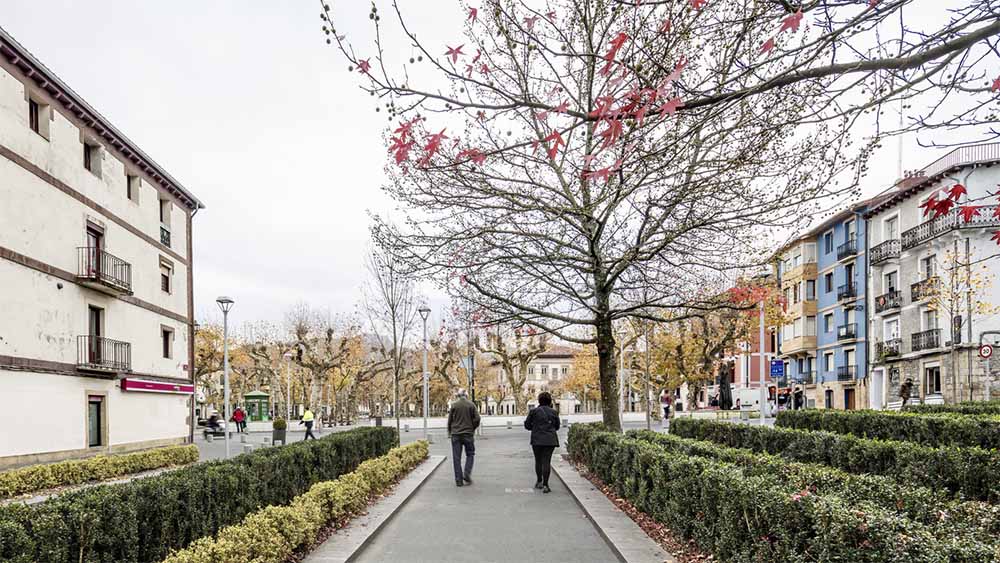
Paprocany Lake Shore Redevelopment / RS + Robert Skitek
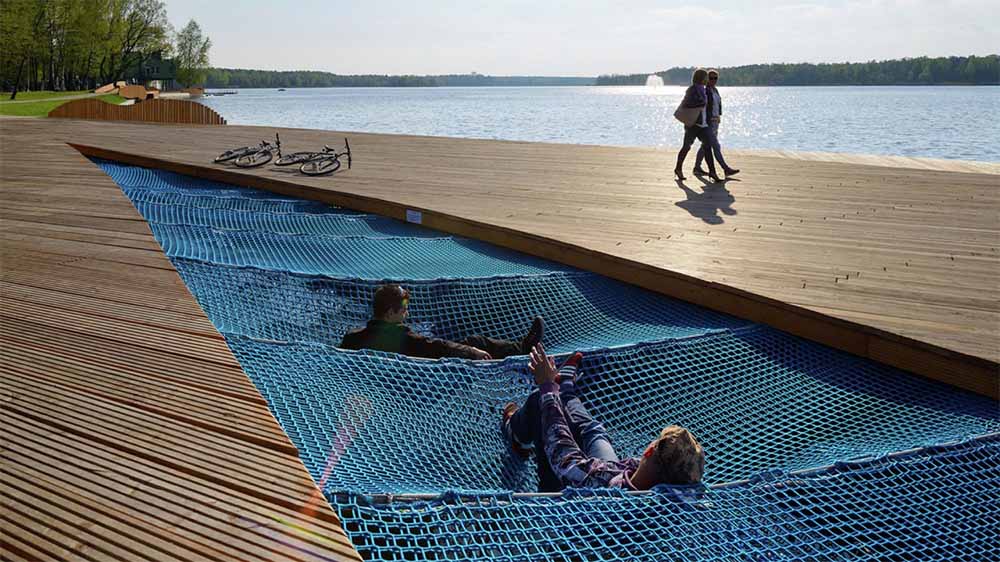
Provision of Cultural, Sports and Leisure Facilities
Sports Complex in Sant Francesc Xavier / MCEA (Manuel Costoya Estudio de Arquitectura)
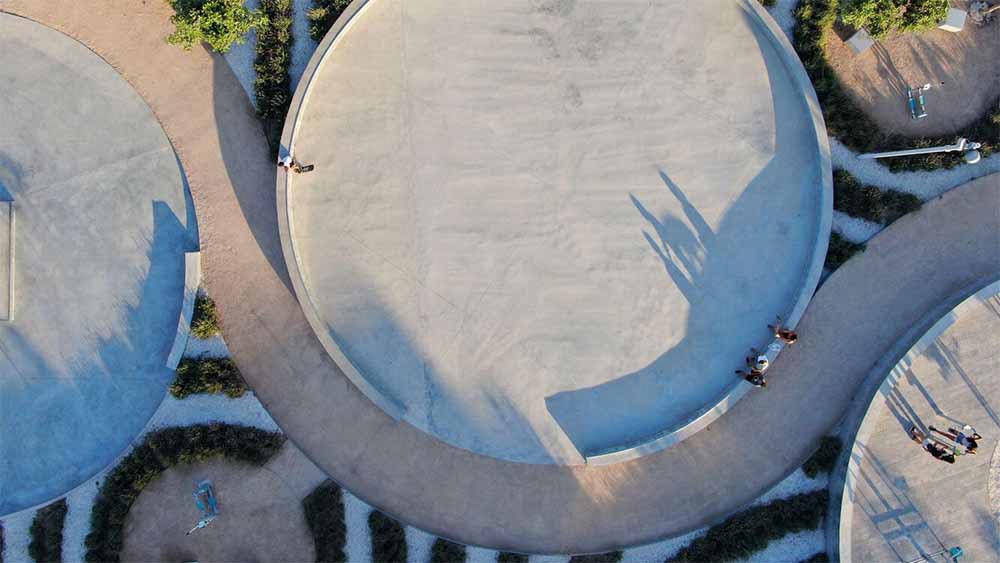
San Martín Refectory Community Space / Proyecto Fitekantropus
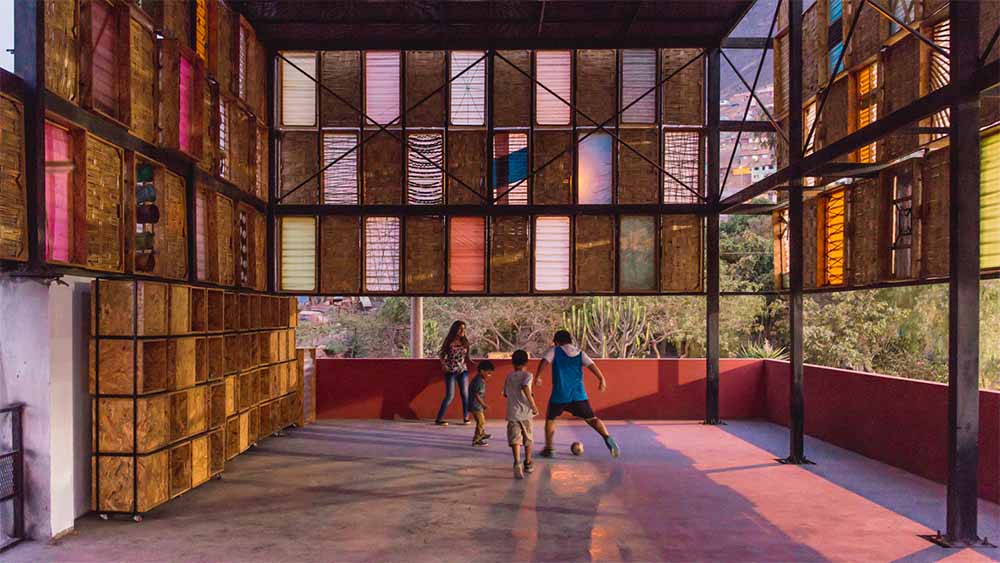
Urban Agriculture Projects

Sustainable Parking Space for an Eco-Responsible Generation
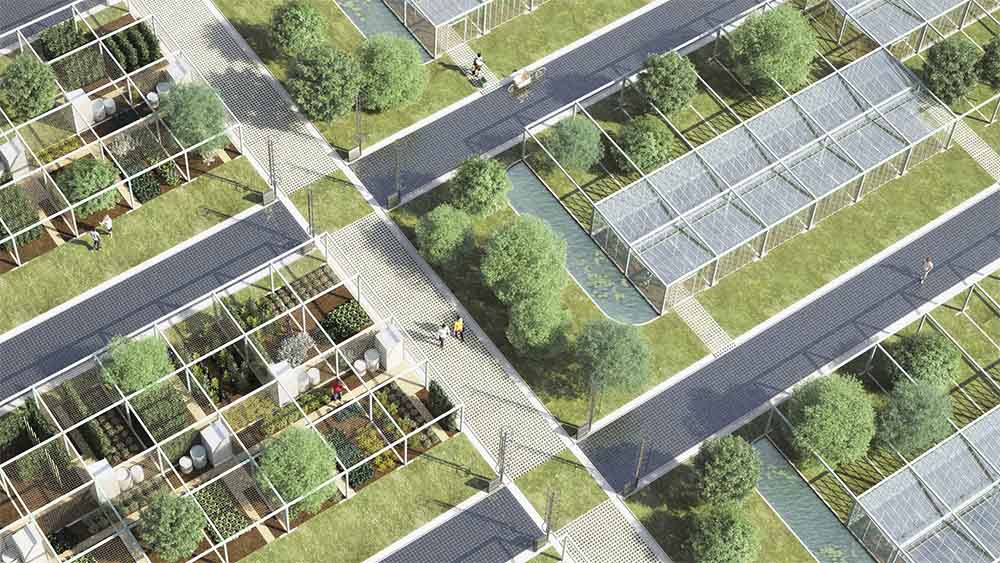
On the Building Scale
If at the city scale the initiatives are varied in size and can follow different guidelines, aimed at solutions that seek well-being and collective health, in buildings the options can vary, mainly between technique, technology and program, dedicated to improving the routine of those who attend or reside there. Yet it is possible to create buildings that not only benefit their users, but also their surroundings.
Prioritize Natural Ventilation and Lighting
Tree-House / ROOM+ Design & Build
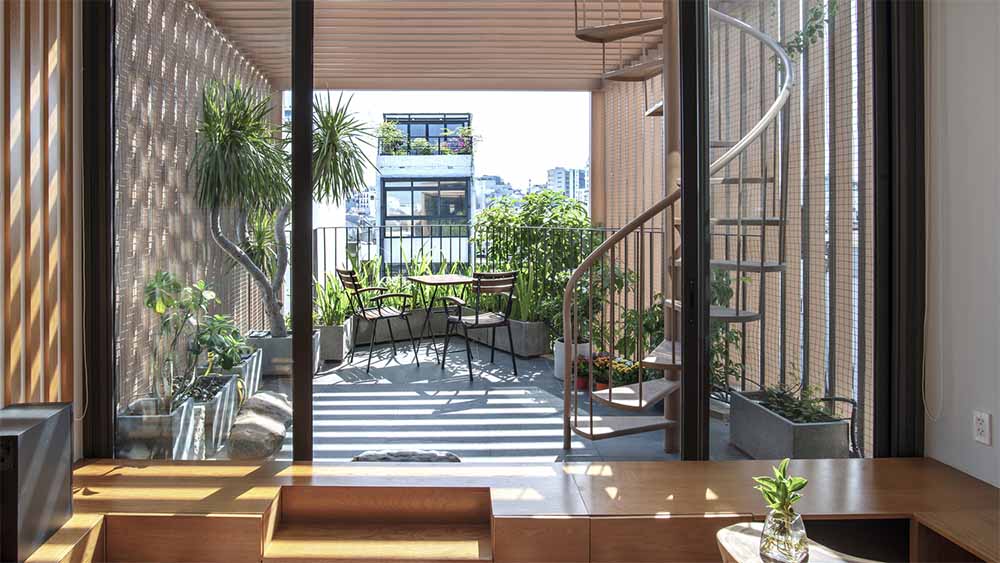
Good Cycle Building / Nori Architects + Asanuma Corporation
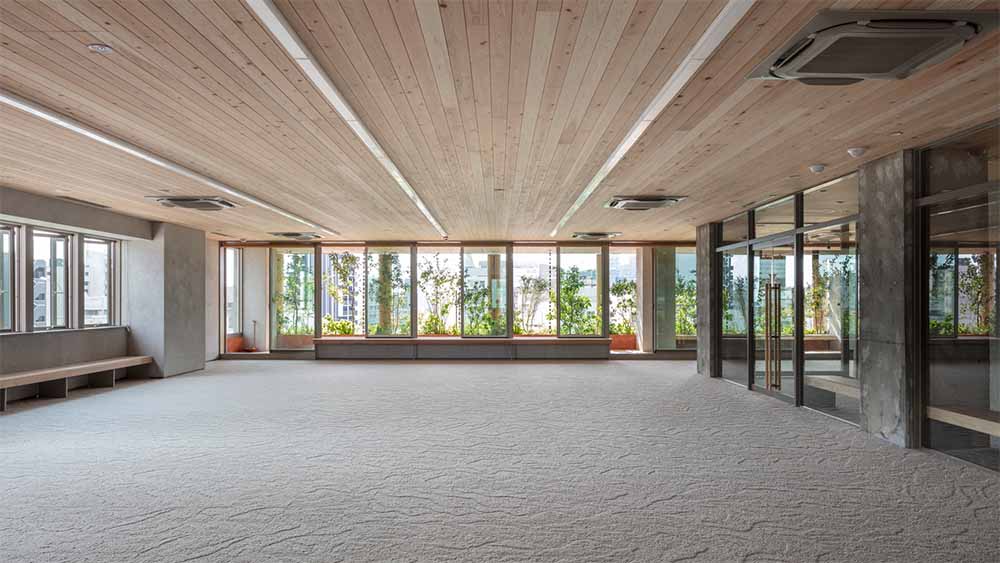
Workspaces More in Touch With Nature
Headquarters of Doctors Without Borders in Barcelona / Batlleiroig


Buildings That Also Impact Their Surroundings
Paris Opens Europe’s Largest Urban Farmhouse Built on a Roof
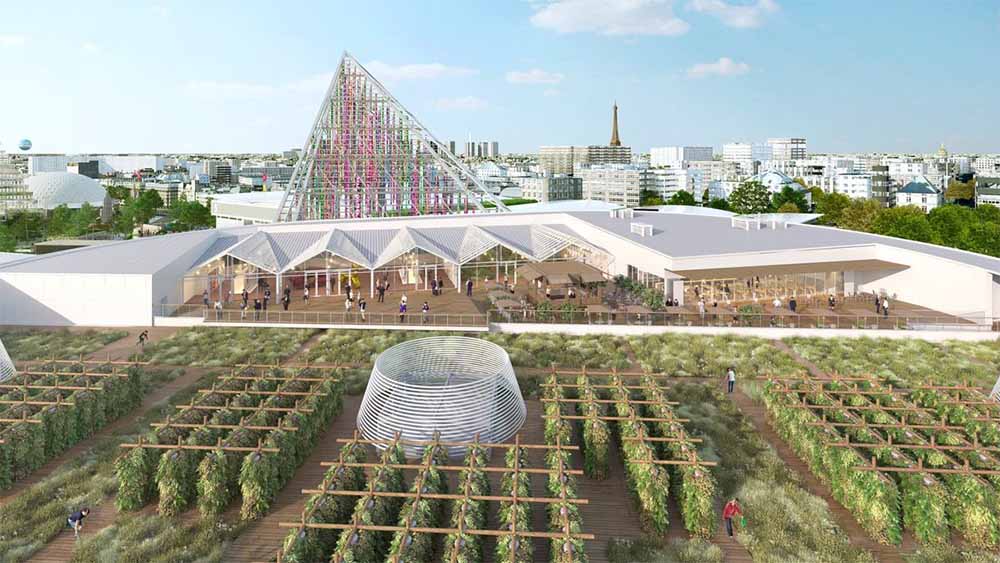
Taisugar Circular Village / Bio-architecture Formosana
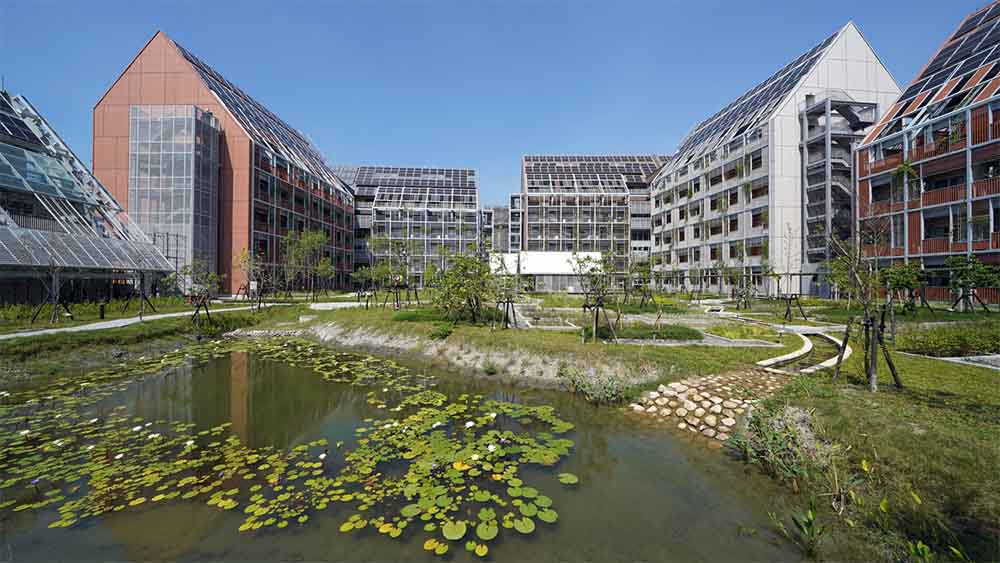
Source: ArchDaily


 Ελληνικά
Ελληνικά
